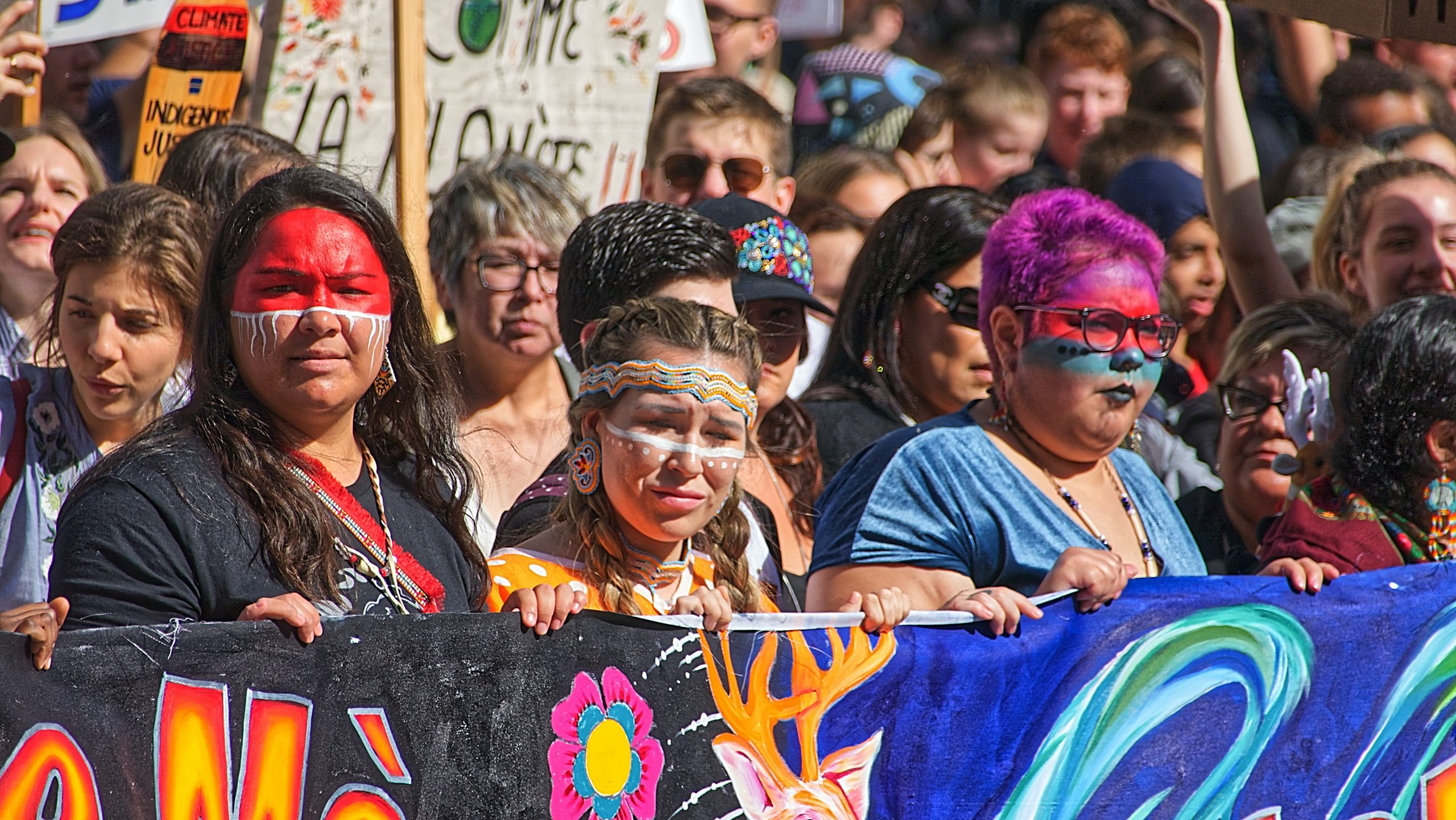Today, on Native Women’s Equal Pay Day, we recognize that Native women’s earnings have finally reached parity with White, non-Hispanic men’s 2019 earnings. It took an additional 274 days, or ten months, into the next year for Native women to reach pay parity. That’s because in 2019, American Indian and Alaska Native (AIAN) women working full-time, year-round were paid just 59.7 cents for every dollar paid to White men. This 40.3 percent wage gap means a $24,656 difference in earnings. While the wage gap varies across Native communities, it can be as wide as 53.5 percent.
There are many reasons for the wage gap. Native women are often concentrated in low wage occupations, are less likely than women in other racial/ethnic groups to be covered by a union contract, and experience almost double the unemployment rate of other women. These problems may be compounded by or symptomatic of gender and racial discrimination.
Other factors contribute. October 1 also marks the first day of Domestic Violence Awareness Month, an issue that disproportionately impacts Native women: More than 4 in 5 Native women report experiencing domestic violence in their lifetimes. Nearly 6 percent of individuals served by the Transitional Housing Programs funded under VAWA are AIAN, whereas only 1.7 percent of respondents identify as AIAN on the U.S. Census. In addition to the incalculable physical and emotional costs, the lifetime economic costs of intimate partner violence (IPV)—including the costs of related health problems, lost productivity, and criminal justice costs—are an estimated $103,767 for women and $23,414 for men. Thus domestic violence is a major contributor to economic insecurity and the gender wage gap, especially for Native women.
This past September, the House passed Savanna’s Act, a bill that directs the Department of Justice to develop law enforcement and justice protocols to address missing or murdered Native people, especially women. This bill is one small step toward recognizing and rectifying the horrifying violence that Native women face and the negative impact it has on their health, safety, and economic security.
We must do better for Native women by fighting for pay equity and domestic violence prevention and safety.


